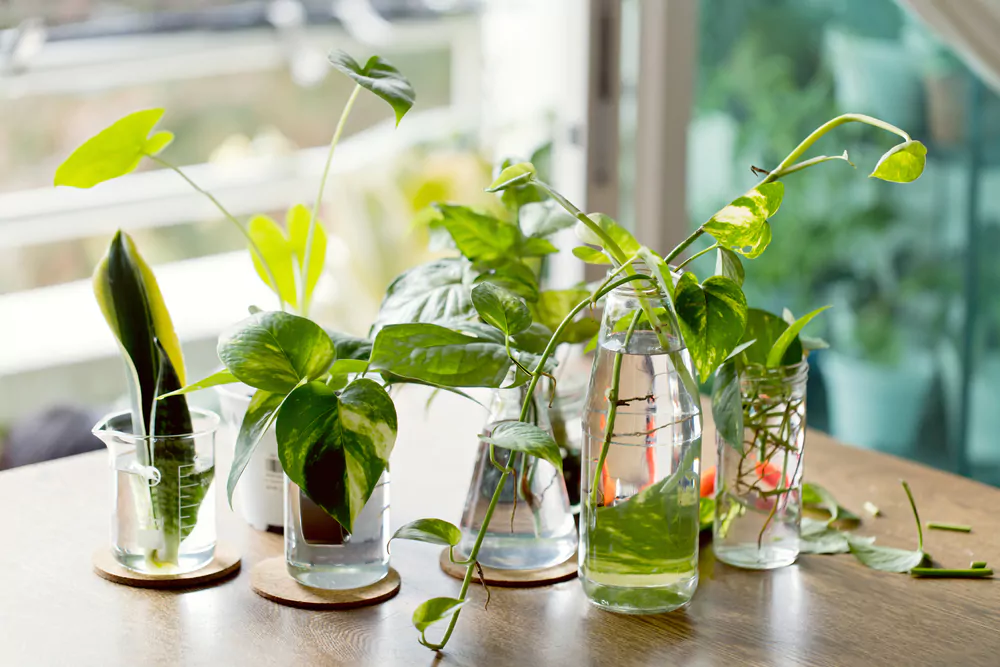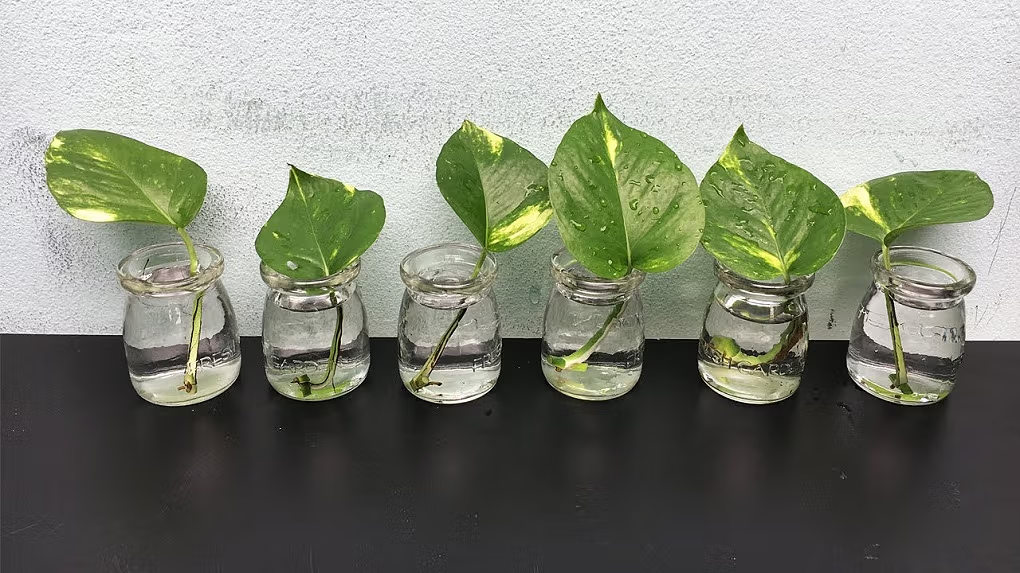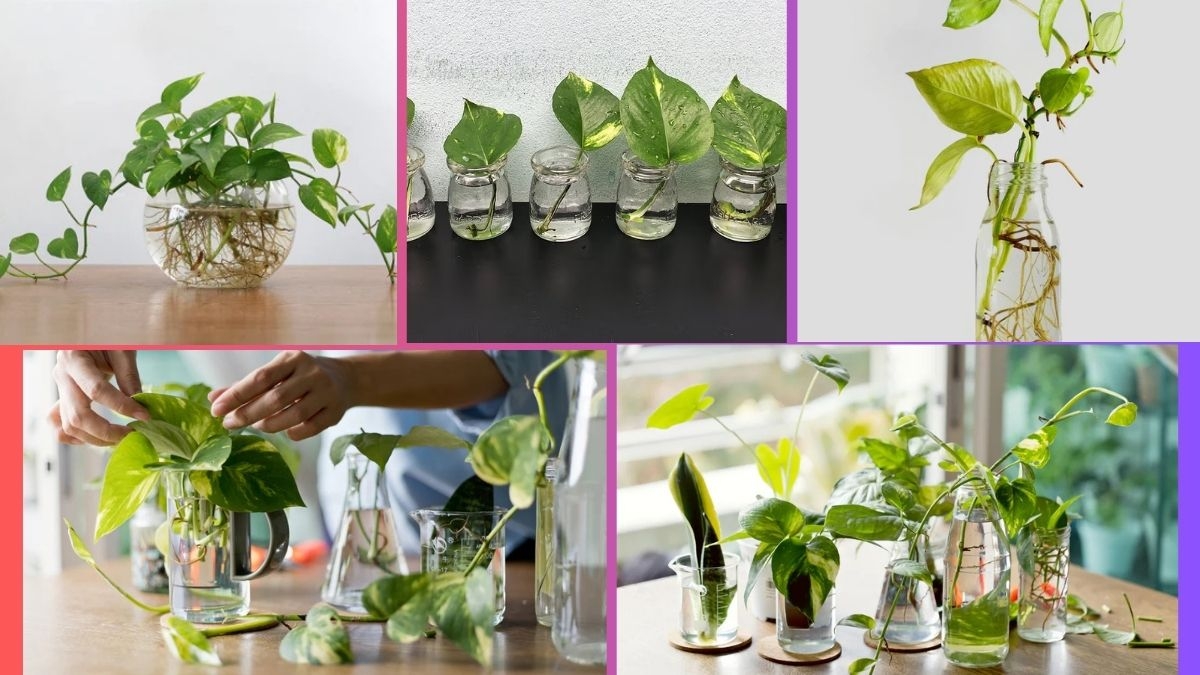The Money Plant, often associated with good fortune, prosperity, and positive energy, is one of the most popular houseplants worldwide. Known for its lush green foliage and low-maintenance nature, this plant is favored in homes, offices, and gardens alike. While it’s relatively easy to care for, one of the most common questions plant owners ask is:
How often should you water a Money Plant?
In this article, we’ll explore the ideal watering frequency for Money Plants, factors that influence how often they should be watered, signs of overwatering and underwatering, the correct watering techniques, and essential care tips to ensure your Money Plant thrives.
Introduction to the Money Plant

The term Money Plant typically refers to Epipremnum aureum, commonly known as Pothos, Devil’s Ivy, or Golden Pothos. Native to the tropical forests of Southeast Asia, this hardy plant has become popular globally due to its ability to thrive in diverse conditions, whether in soil or water.
Characterized by its heart-shaped, glossy leaves and trailing vines, the Money Plant is considered a symbol of wealth and prosperity in many cultures, especially in Feng Shui practices.
How Often Should You Water a Money Plant?

In general, you should water a Money Plant every 7–10 days during the growing season (spring and summer) and every 2–3 weeks during the dormant season (fall and winter).
However, this frequency can vary based on several environmental factors, including climate, light exposure, soil type, humidity, and whether it’s grown in soil or water.
General Watering Rule:
- Spring & Summer (active growing period): Every 7–10 days
- Fall & Winter (dormant period): Every 2–3 weeks
Always check the soil moisture before watering to avoid overwatering.
Factors That Affect Money Plant Watering Frequency
To effectively care for your Money Plant, it’s essential to consider the following factors that influence its watering needs:
Season and Temperature
- During warmer months (spring and summer): The plant grows actively and soil tends to dry out quickly, requiring more frequent watering.
- During cooler months (fall and winter): The plant’s growth slows down, and evaporation reduces, so less water is needed.
Indoor Climate and Humidity
Money Plants prefer moderate to high humidity. In dry indoor environments, especially with air-conditioning or heaters, water may evaporate faster, requiring slightly more frequent watering.
Pot Size and Material
- Small pots dry out quicker than larger pots.
- Clay or terracotta pots absorb moisture and dry faster than plastic or ceramic pots.
Light Exposure
Money Plants adapt well to bright, indirect light but also tolerate low-light conditions. Plants in brighter spots lose moisture faster and may require more frequent watering.
Soil Type
Money Plants prefer well-draining, loose potting mix. A mix containing perlite, cocopeat, or sand ensures water doesn’t stagnate, reducing the risk of root rot.
Signs Your Money Plant Needs Watering

Money Plants are quite expressive and give visible signs when they’re thirsty. Look out for these indicators:
Drooping or Wilting Leaves
When the plant lacks water, its leaves become limp and droopy.
Dry, Crispy Leaf Edges
Brown, dry edges on leaves suggest dehydration.
Dry Soil
If the top 1–2 inches of soil feel dry to the touch, it’s time to water.
Slow Growth
Though it’s a fast-growing plant, noticeable stunting may occur in dry conditions.
Signs of Overwatering a Money Plant

Overwatering can be more harmful than underwatering for Money Plants. Watch for these signs of excess moisture:
Yellowing Leaves
Consistent yellowing indicates waterlogged roots.
Soft, Mushy Stems
A result of prolonged exposure to wet soil.
Mold or Fungal Growth on Soil Surface
This signifies excessive moisture and poor drainage.
Foul Odor from Soil
A bad smell is a clear sign of root rot due to overwatering.
How to Properly Water a Money Plant

The right watering technique ensures your Money Plant stays healthy:
Use the “Soak and Dry” Method
- Water the plant slowly and thoroughly until excess water drains from the bottom.
- Allow the top 1–2 inches of soil to dry out completely before watering again.
Tip: Always empty the saucer under the pot to prevent water from sitting at the roots.
Check Soil Moisture Before Watering
Use your finger or a moisture meter to test the soil. If it feels moist, wait a couple of days before checking again.
Water Quality Matters
Use room-temperature, filtered, or rainwater. Tap water high in chlorine and fluoride may cause brown leaf tips.
Watering Money Plant in Water (Hydroponically)
One of the unique features of Money Plants is their ability to grow in water. If you’re keeping your Money Plant hydroponically:
- Change the water every 7–10 days.
- Rinse the roots and container thoroughly to prevent algae growth.
- Ensure water covers the roots but not the stems to avoid rotting.
Example Watering Schedule
Here’s a general watering frequency table based on conditions:
| Season | In Soil (Indoor) | In Water (Hydroponic) |
|---|---|---|
| Spring/Summer | Every 7–10 days | Change water every 7 days |
| Fall/Winter | Every 2–3 weeks | Change water every 10 days |
Adjust based on actual soil or water condition.
Best Type of Water for Money Plants
Money Plants are sensitive to certain chemicals in tap water. Use:
- Filtered or distilled water
- Rainwater
- Tap water left out for 24 hours to let chlorine evaporate
This prevents brown leaf tips and promotes healthy growth.
Additional Money Plant Care Tips
Watering is crucial, but here are other care essentials to keep your plant thriving:
- Light: Bright, indirect sunlight is ideal. Avoid direct afternoon sun.
- Soil: Use a well-draining, nutrient-rich potting mix.
- Humidity: Prefers moderate to high humidity. Mist leaves occasionally.
- Fertilizing: Feed with a balanced liquid fertilizer once a month during growing season.
- Pruning: Trim leggy stems and dead leaves regularly to encourage bushier growth.
Why It’s Better to Underwater Than Overwater
Money Plants are drought-tolerant and recover faster from underwatering than overwatering. Constantly wet soil leads to root rot, one of the most common causes of plant death. It’s always safer to let the soil dry a little between waterings than to risk soggy roots.
Conclusion
So, how often should you water a Money Plant? The simple rule is to water every 7–10 days during the growing months and every 2–3 weeks during winter. However, the ideal frequency depends on various factors such as temperature, light, pot size, soil type, and whether it’s grown in soil or water.
Always check soil moisture before watering, and watch for visual cues like drooping or yellowing leaves. Remember — when in doubt, it’s better to wait a day than to overwater.
By mastering the art of watering, along with proper light, soil, and humidity care, your Money Plant will thrive, bringing beauty, positivity, and a touch of nature into your space.





Leave A Comment